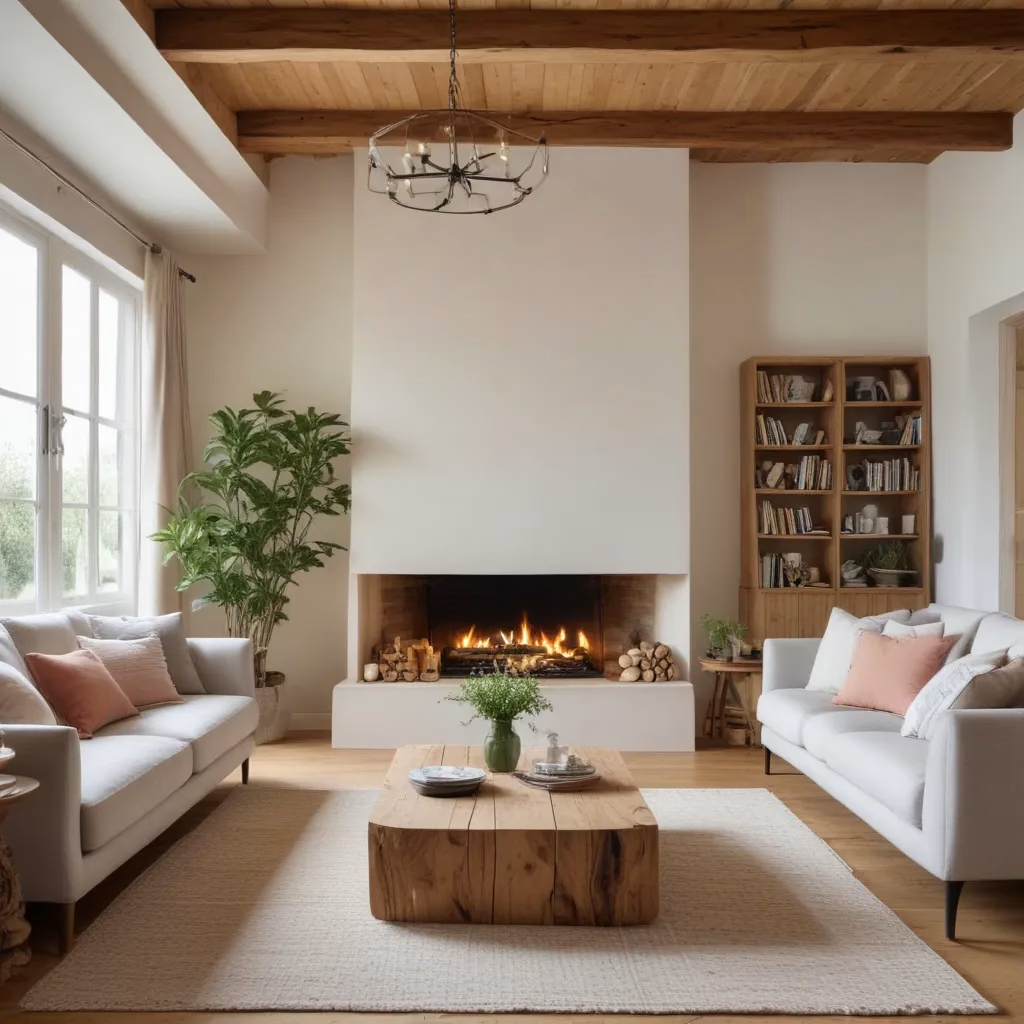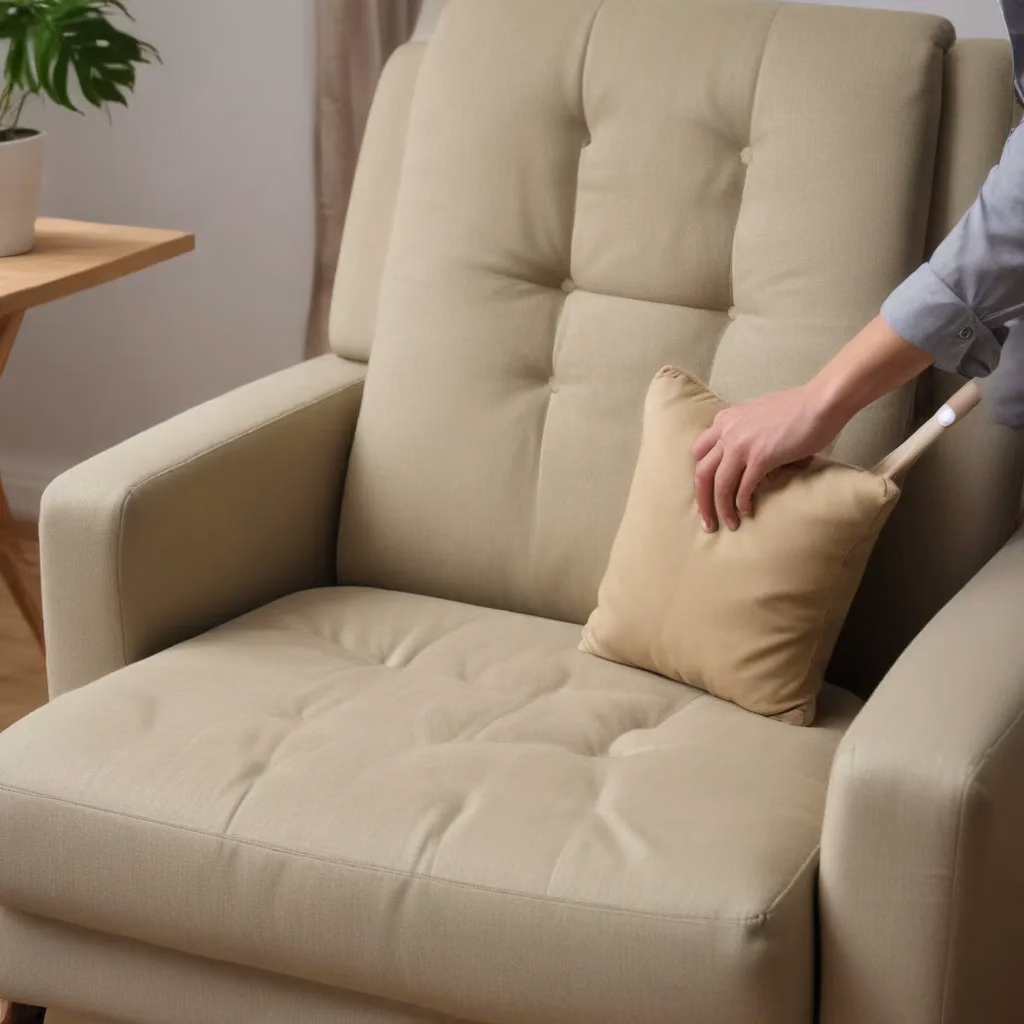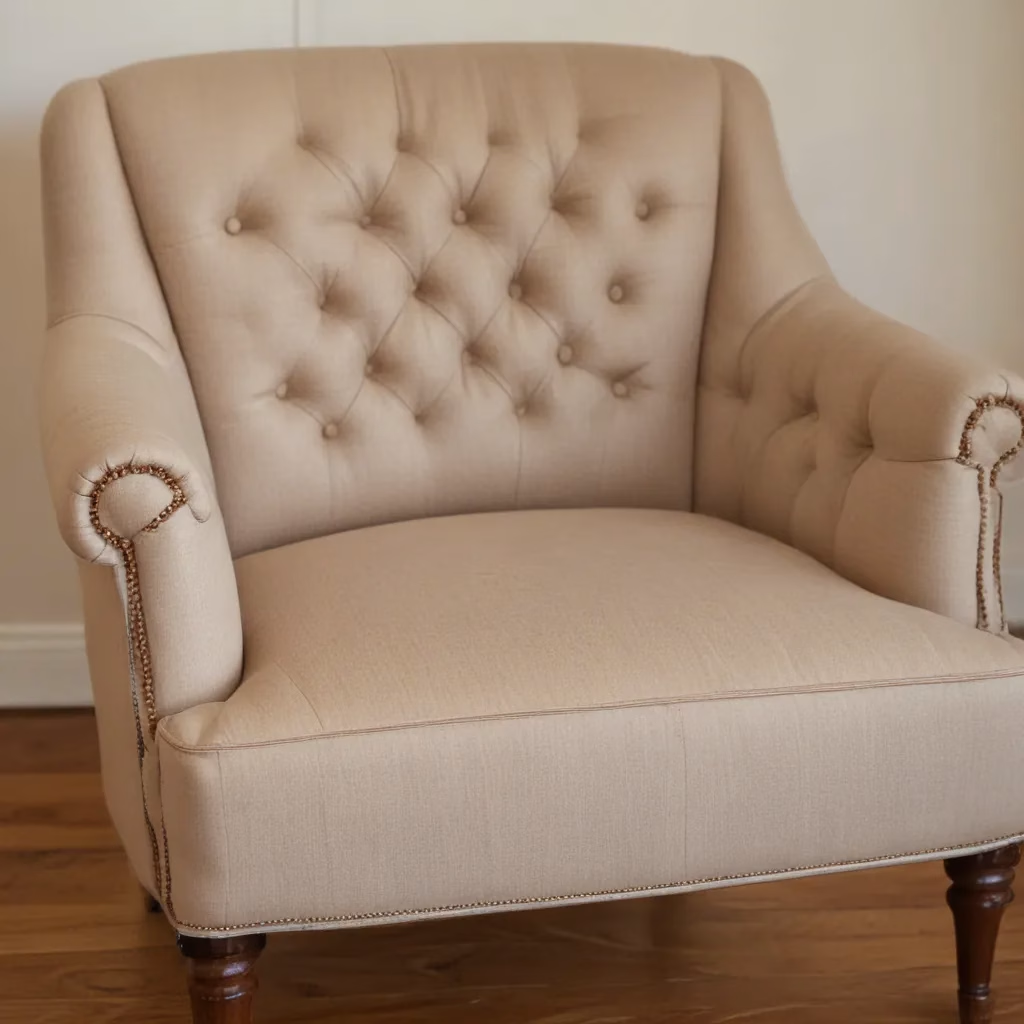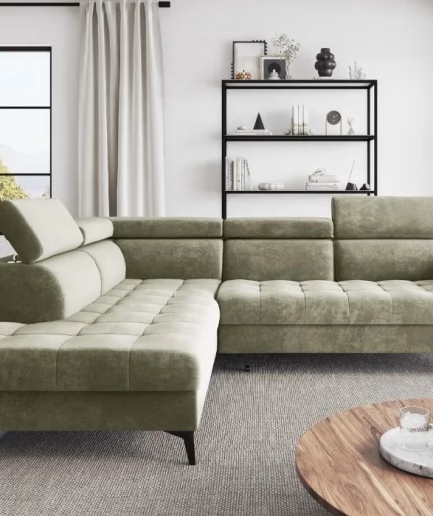
Crafting Cosy Retreats: Expert Eco-Friendly Living Room Design Masterclass
Your living room is the heart of your home — a place to unwind, entertain, and cultivate moments of comfort. In our 15 years installing… As an experienced furniture consultant and interior design writer, I’m here to share my top tips for crafting cosy, sustainable living spaces that nourish both your style and wellbeing.
Fabric and Upholstery Selection
Choosing Eco-Friendly Fabrics
When it comes to furnishing your living room, prioritising eco-friendly fabrics is a game-changer. Look for natural, renewable fibers like organic cotton, linen, and wool that are kinder to the planet. Recycled polyester is another excellent choice, giving new life to plastic waste. Steer clear of petroleum-based synthetic materials like standard polyester and nylon, which shed microplastics and are resource-intensive to produce.
Upholstery Durability Considerations
Longevity is key when investing in a quality sofa. Opt for tightly-woven, heavier-weight fabrics that can withstand regular use, like microfiber, chenille, or performance velvet. For high-traffic areas, leather and durable microsuede are excellent picks that only improve with age. Avoid shiny, delicate upholstery that will show wear and tear quickly.
Textile Textures and Patterns
Layering different fabric textures — from plush throws to nubby boucle pillows — adds visual interest and tactile appeal to your living room. Mixing solid colors with patterned textiles, like florals or ikat prints, creates a lived-in, eclectic look. Don’t be afraid to experiment; your personal style is what makes a space truly feel like home.
Living Room Layout Tips
Furniture Placement for Flow
Arranging your furniture thoughtfully can make all the difference in how your living room functions. Position your sofa to face the focal point, whether that’s a fireplace, TV, or windows. Flank it with complementary accent chairs or loveseat to encourage conversations. Leave ample room for walking paths and double-check that walkways aren’t obstructed.
Maximizing Natural Light
Natural light is key for creating a warm, inviting atmosphere. Arrange seating areas near windows to take advantage of daylight. Use sheer, translucent curtains to filter light, rather than heavy drapes that block it out. Strategically place mirrors across from windows to bounce light around the room.
Multiuse Zoning
In open-concept living spaces, define distinct zones for various activities. Group furniture to create a cosy conversation nook, a reading alcove, or a TV-watching area. Use area rugs, lighting, and furniture arrangement to subtly divide the space.
Sofa Cleaning & Maintenance
Upholstery Cleaning Methods
Regular cleaning is essential for keeping your sofa looking its best. Vacuum weekly to remove surface dirt and pet hair. For deeper cleaning, use a mild, eco-friendly upholstery cleaner and a soft-bristle brush. Spot-clean spills immediately with a damp cloth to prevent stains.
Spot Removal Techniques
Accidents happen, but don’t stress. For grease or oil stains, blot with a paper towel and apply a small amount of dish soap or laundry detergent. For ink or red wine spills, dab with a solution of white vinegar and water. Always test cleaners in an inconspicuous area first.
Preventative Care Strategies
Proactive maintenance is key to extending your sofa’s lifespan. Rotate and fluff cushions regularly to maintain their shape. Use furniture protectors underneath to shield the upholstery from UV damage. Consider investing in a sofa cover or throw to protect it when not in use.
Styling for Comfort & Aesthetics
Layering Textiles and Textures
Plush throws, fluffy pillows, and nubby rugs make a living room feel immediately more inviting. Mix different fabrics, patterns, and pile heights to create depth and visual interest. Tuck a cosy blanket within arm’s reach for curling up on chilly evenings.
Accent Pieces and Decorative Touches
Carefully curated accessories can take your living room from bland to beautiful. Adorn your sofa with a mix of throw pillows in various sizes and shapes. Flank it with a pair of end tables or a console table topped with lamps, books, and potted plants.
Balancing Form and Function
While aesthetics are important, comfort is key for a living room that you’ll truly enjoy. Choose a sofa with plush cushions and generous seat depth for sinking in. Pair it with ergonomic accent chairs that provide proper back support. double-check that coffee tables and ottomans are the right height for resting feet.
Sustainable Furniture Sourcing
Identifying Eco-Conscious Brands
When shopping for new living room furniture, look for brands that prioritize sustainability. SofaSpectacular.co.uk, for example, offers a curated selection of eco-friendly sofas crafted from recycled and responsibly-sourced materials. These companies use renewable wood, non-toxic glues, and recyclable components to minimize their environmental impact.
Secondhand and Vintage Finds
Scouring secondhand shops, estate sales, and online marketplaces is a fantastic way to uncover unique, one-of-a-kind furnishings. With a little TLC, vintage pieces can be refinished and reupholstered to suit your aesthetic. Plus, you’ll be giving an old sofa new life and keeping it out of the landfill.
Furniture Lifecycling Options
When it’s time to replace your living room sofa, explore eco-friendly disposal options. Many brands, including SofaSpectacular.co.uk, offer recycling or donation programs to double-check that your old furniture doesn’t end up in a dump. You can also explore local reupholstery services to revive worn-out pieces or pass them on to friends and family.
Living Room Lighting Design
Task Lighting Solutions
Adequate task lighting is essential for reading, crafting, or other focused activities. Position floor lamps and table lamps within easy reach of your sofa and accent chairs. Dimmable sconces or pendants above side tables provide a cosy glow.
Ambient Lighting Techniques
For a warm, inviting ambiance, layer different lighting sources. Recessed ceiling lights can provide overall illumination, while decorative table and floor lamps create a softer, more intimate feel. String lights along shelves or mantelpieces add a touch of whimsy.
Dimmable Lighting Controls
Investing in dimmable lighting fixtures allows you to easily adjust the mood and atmosphere of your living room. Dim the lights low for movie nights or crank them up bright for crafting sessions. Look for LED bulbs that are energy-efficient and long-lasting.
Personalizing Your Space
Incorporating Sentimental Pieces
Weaving in cherished, personal items is a surefire way to make your living room feel like a true extension of your home. Display family photos, artwork, or vintage collectables that hold special meaning. These one-of-a-kind touches lend character and authenticity to your décor.
Reflecting Personal Style
Your living room should be a reflection of your unique aesthetic. Whether you gravitate towards modern minimalism, cosy farmhouse charm, or eclectic boho vibes, choose furniture and accents that align with your personal style.
Adaptable Design for Evolving Needs
As your lifestyle and needs change over time, your living room should be able to evolve too. Opt for flexible, modular furniture that can be rearranged. Consider multifunctional pieces like ottomans with hidden storage or sofa beds for overnight guests.
Wellness-Focused Furnishings
Ergonomic Seating Options
Prioritise comfort and spinal alignment when selecting living room seating. Look for sofas and chairs with proper lumbar support and adjustable headrests. Ergonomic designs can help alleviate back pain and improve posture during long stretches of relaxation.
Air-Purifying Houseplants
Houseplants are a simple, natural way to boost the air quality in your living room. Snake plants, peace lilies, and English ivy are just a few varieties known for their air-purifying properties. Strategically placing potted greenery around the room can also add a refreshing, biophilic element to your décor.
Biophilic Design Elements
Connecting with nature through your interior design can have a profoundly calming effect. Incorporate natural textures like wood, stone, and rattan. Hang botanical artwork or place a small water feature like a tabletop fountain. These thoughtful touches evoke a sense of serenity and wellbeing.
Your living room should be a haven — a place to unwind, entertain, and create cherished memories. By prioritizing eco-friendly materials, ergonomic comfort, and personalized style, you can craft a space that nourishes both your home and your spirit. I hope these expert tips provide the inspiration you need to transform your living room into the cosy retreat you’ve been dreaming of. Happy decorating!
Tip: Rotate cushions regularly to maintain even wear




